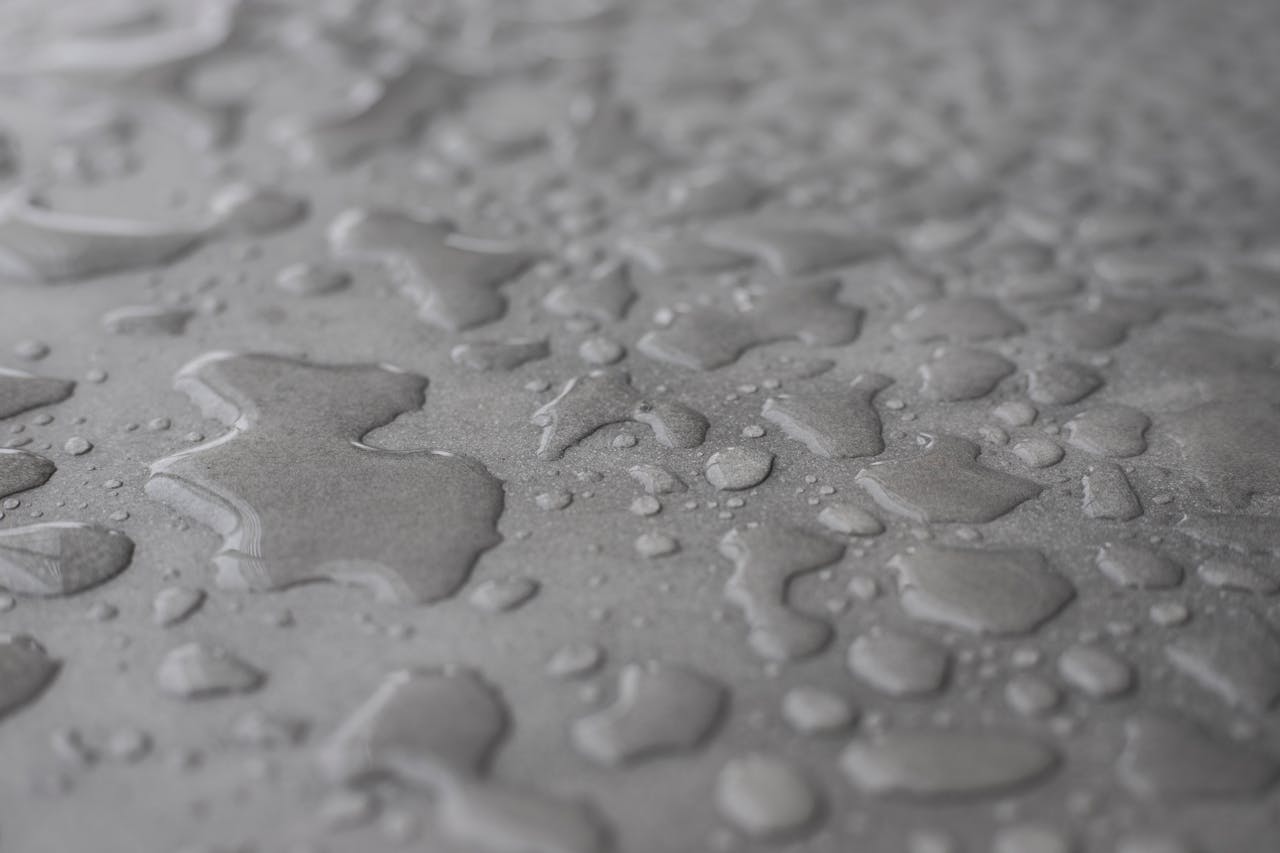Vitamin C's anti-aging benefits are well established - it can reduce photoaging, improve skin texture and tone, and stimulate collagen and elastin production.
Knowing this, many of us have tried incorporating vitamin C into our daily skincare routine only to find that the available serums are too harsh and irritating. So today, we're diving into the world of vitamin C derivatives and how they impact your skin's health. We'll be comparing L-ascorbic acid, tetrahexyldecyl ascorbate, ascorbic tetraisopalmitate, among others, to help you make an informed decision about which vitamin C derivative is right for you.
L-ascorbic acid, also known as pure vitamin C, is a potent antioxidant that plays a crucial role in collagen synthesis and fighting free radicals. It's known for its brightening, anti-aging, and skin-restoring properties. However, L-ascorbic acid is highly unstable and can oxidize quickly, losing its efficacy. To combat this, look for products with proper packaging and concentrations between 10-20%. L-ascorbic acid is not an ideal vitamin C for those with sensitive skin - it is known to frequently cause irritation and allergic reactions.
Tetrahexyldecyl ascorbate is a fat-soluble vitamin C derivative that penetrates the skin deeply and effectively. It is more stable than L-ascorbic acid, making it a popular choice in hypoallergenic skincare formulations. This derivative is suitable for most skin types, including sensitive skin.
Ascorbic tetraisopalmitate is another fat-soluble derivative that penetrates the skin well and provides the benefits of vitamin C without the instability issues of L-ascorbic acid. This derivative is also gentle on the skin, making it a great option for sensitive or reactive skin types. Irritant and allergic reactions to this derivative are also very rare.
Magnesium ascorbyl phosphate (MAP) is a water-soluble, non-irritating vitamin C derivative that is less potent than L-ascorbic acid but still provides antioxidant benefits. Although it is stable and non-irritating, in skin formulations, it doesn't penetrate the skin well.
Sodium L-Ascorbyl 2 Phosphate (SAP) has similar issues with poor skin penetration.
Ascorbyl 2 Glucoside is another stable, water-soluble derivative that releases vitamin C slowly. Although it is less irritating, like MAP and SAP, it doesn't penetrate the skin well.
Other than the vitamin C derivative itself, it is also important to consider the antioxidants that are added to stabilize vitamin C, such as vitamin E (tocopherol) and ferulic acid, as well as other ingredients such as fragrance and propylene glycol - all potential sources of both allergic and irritant reactions.
Making the Right Choice

When it comes to choosing the right vitamin C derivative for your hypoallergenic skincare needs, it's essential to consider factors such as stability, skin type, and desired results. At VETTED Dermlab, we use tetrahexyldecyl ascorbate and ascorbyl tetraisopalmitate in our Vc Vitamin C 15% Complex Serum because they penetrate the skin well and are safe for those with even the most sensitive skin. Explore our Vitamin C serum and unlock the full potential of this essential nutrient for your skin's health and radiance.
VETTED Dermlab: Committed to Transparency and Innovation
At VETTED Dermlab, we understand the complexities of navigating the skincare landscape. We prioritize transparency and formulate our products using the gentlest, most effective ingredients backed by scientific evidence.
Our hypoallergenic moisturizers offer intense hydration without relying on petrolatum. Additionally, we are actively researching and incorporating sustainable alternatives into our product lines.
We encourage you to make informed choices based on your unique skin needs and environmental values.
Unlocking Your Skin's Potential: The VETTED Dermlab Difference
By combining the power of science with a commitment to gentle formulations, VETTED Dermlab is here to empower you on your journey to younger-looking skin. We believe in providing effective solutions that are kind to your skin.
References:
-
Telang, P. S. (2013). Vitamin C in dermatology. Indian Dermatology Online Journal, 4(2), 143. doi:10.4103/2229-5178.110593 Link
-
Pullar, J. M., Carr, A. C., & Vissers, M. C. M. (2017). The Roles of Vitamin C in Skin Health. Nutrients, 9(8), 866. doi:10.3390/nu9080866 Link
-
Al-Niaimi, F., & Chiang, N. Y. Z. (2017). Topical Vitamin C and the Skin: Mechanisms of Action and Clinical Applications. The Journal of Clinical and Aesthetic Dermatology, 10(7), 14–17. Link
-
Oresajo, C., Stephens, T., Hino, P. D., Law, R. M., Yatskayer, M., Foltis, P., Pillai, S., & Pinnell, S. R. (2008). Protective effects of a topical antioxidant mixture containing vitamin C, ferulic acid, and phloretin against ultraviolet-induced photodamage in human skin. Journal of Cosmetic Dermatology, 7(4), 290–297. doi:10.1111/j.1473-2165.2008.00408.x Link
-
Pumori Saokar Telang. (2017). Vitamin C in dermatology. Indian Journal of Dermatology, Venereology and Leprology, 83(3), 265. doi:10.4103/0378-6323.204445 Link




